In a country like India where different people belonging to different caste and religion lives together, It is but obvious that the wedding traditions are also different.
Indian weddings are a huge emotional affair. Every bride and groom has to go through these unusual wedding traditions to make their married life last longer and to seek happiness in their lives. But some wedding traditions are there that a little weird and the meaning of which is not known by all. Bringing to you these traditions that are a little different but are necessary for the wedding ceremonies.
Punjabi weddings.
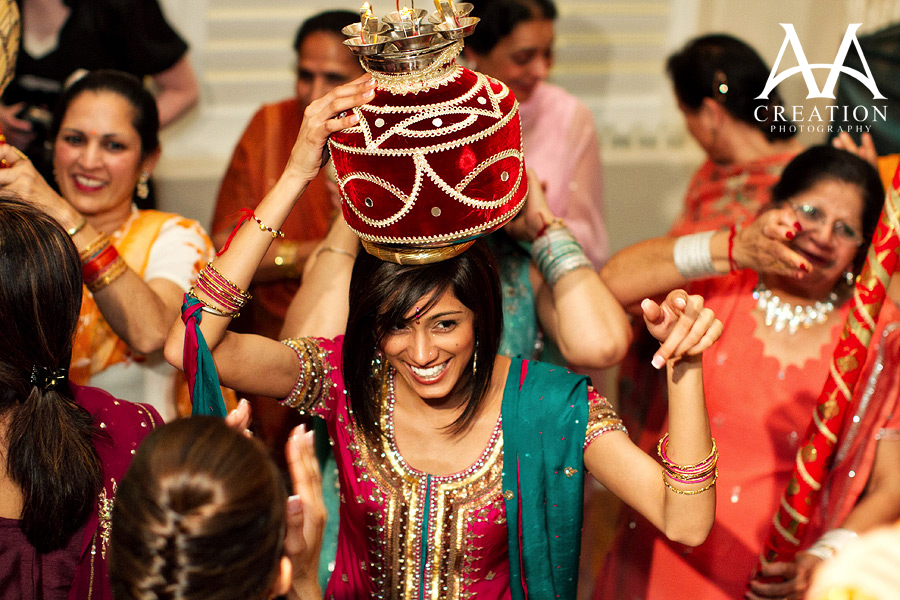
Bengali weddings.
In Bengali wedding tradition, the grooms’s mother is not allowed to be present at the time of the marriage for the sake of her son’s happy life. Also, a plate of guddies (Ganga aarti) is sent by all married women from the bride’s family to welcomes goddess Durga to the marriage. This plate is drowned in the Ganges and it is believed that the holy river will shower her blessings on the bride.
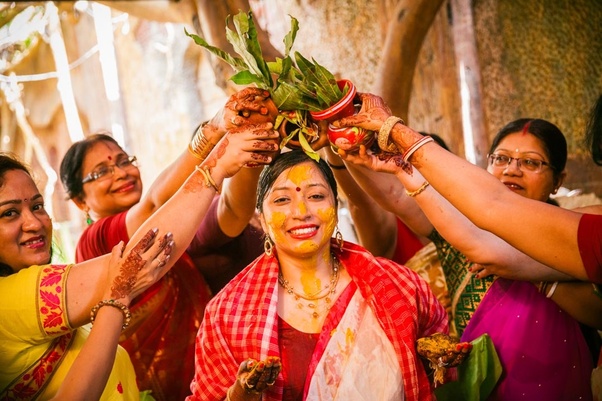
Tamil Brahmin wedding.
In some Tamil Brahmin marriages, the groom has to change his mind a few minutes before he sits at the altar. He has to associate himself to a ‘sanyasi’ and then the father of the groom will make him understand about the importance of marriage and role of a husband, thus bringing him back to his ‘senses’.
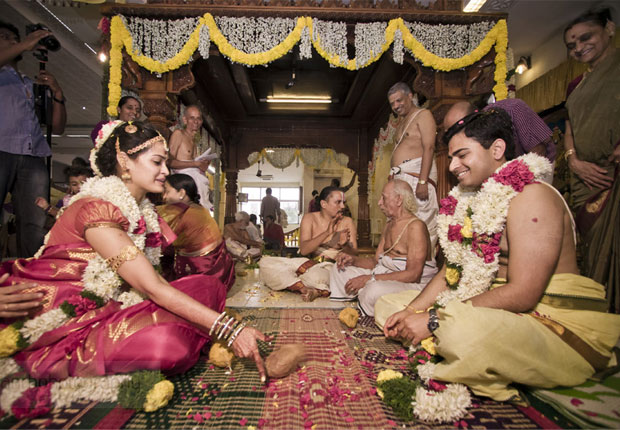
Tribal wedding in UP.
Tribal Weddings in Sarsaul, a small town of Uttar Pradesh, is quite an unusual and strange sight, where the groom’s family is not welcomed with rose petals, gulab jal or paan but by tomatoes. The belief behind hurling tomatoes is that a relationship started with such unfortunate and strange note will surely end in deep love between the groom and the bride.
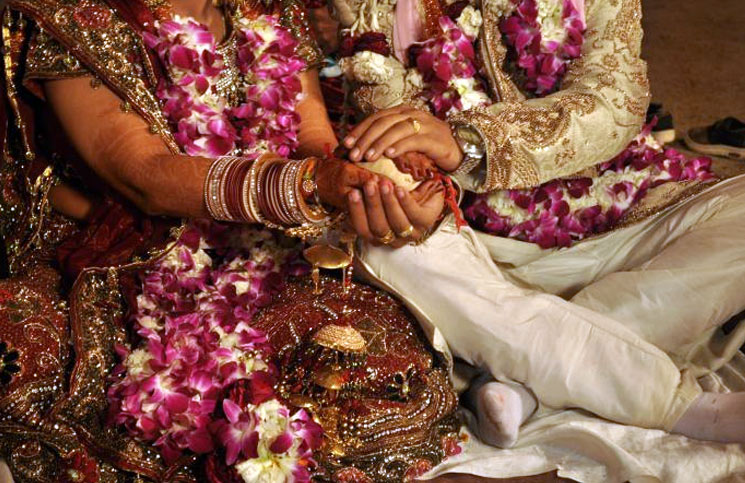
Bihari wedding.
Imagine how would the bride feel when her skills are tested the moment she steps into the home of her in-laws. Yes, this happens in Bihari weddings! The new bride has to keep earthen pots one over the other, which is given to her by her mother-in-law. Now, the bride has to seek blessings from all the elderly members present in the family without breaking any of the earthen pots.
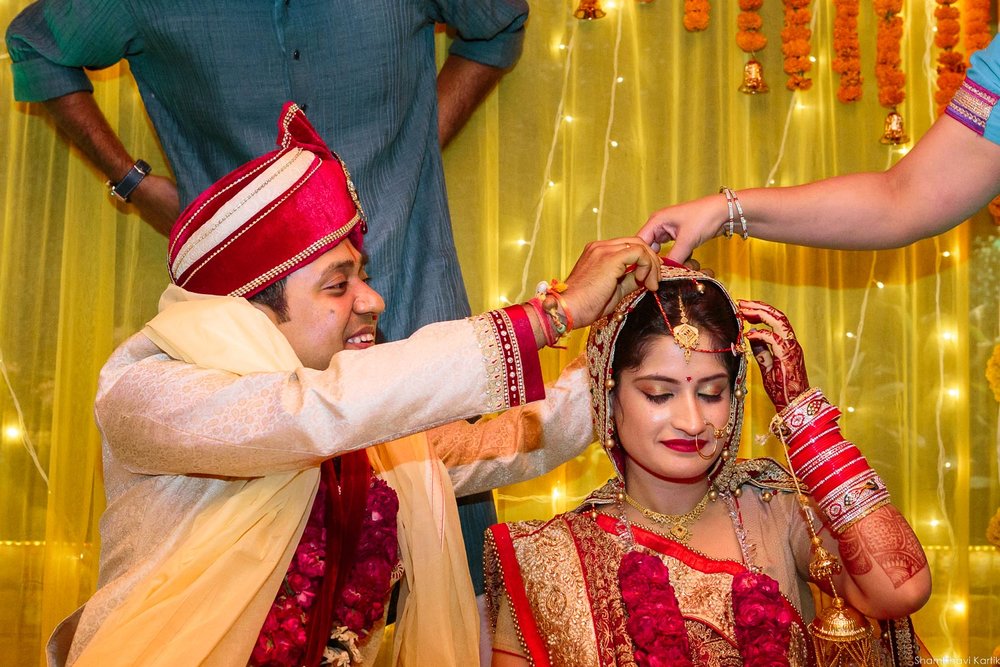
Malyalee wedding.
Usually, the bride and the groom go around the mandap (the parasol under which the marriage takes place) for three times and then the groom ties a yellow thread around the bride’s neck. In all Hindu weddings, people go around the fire seven times. This is, therefore, a huge departure from the tradition.
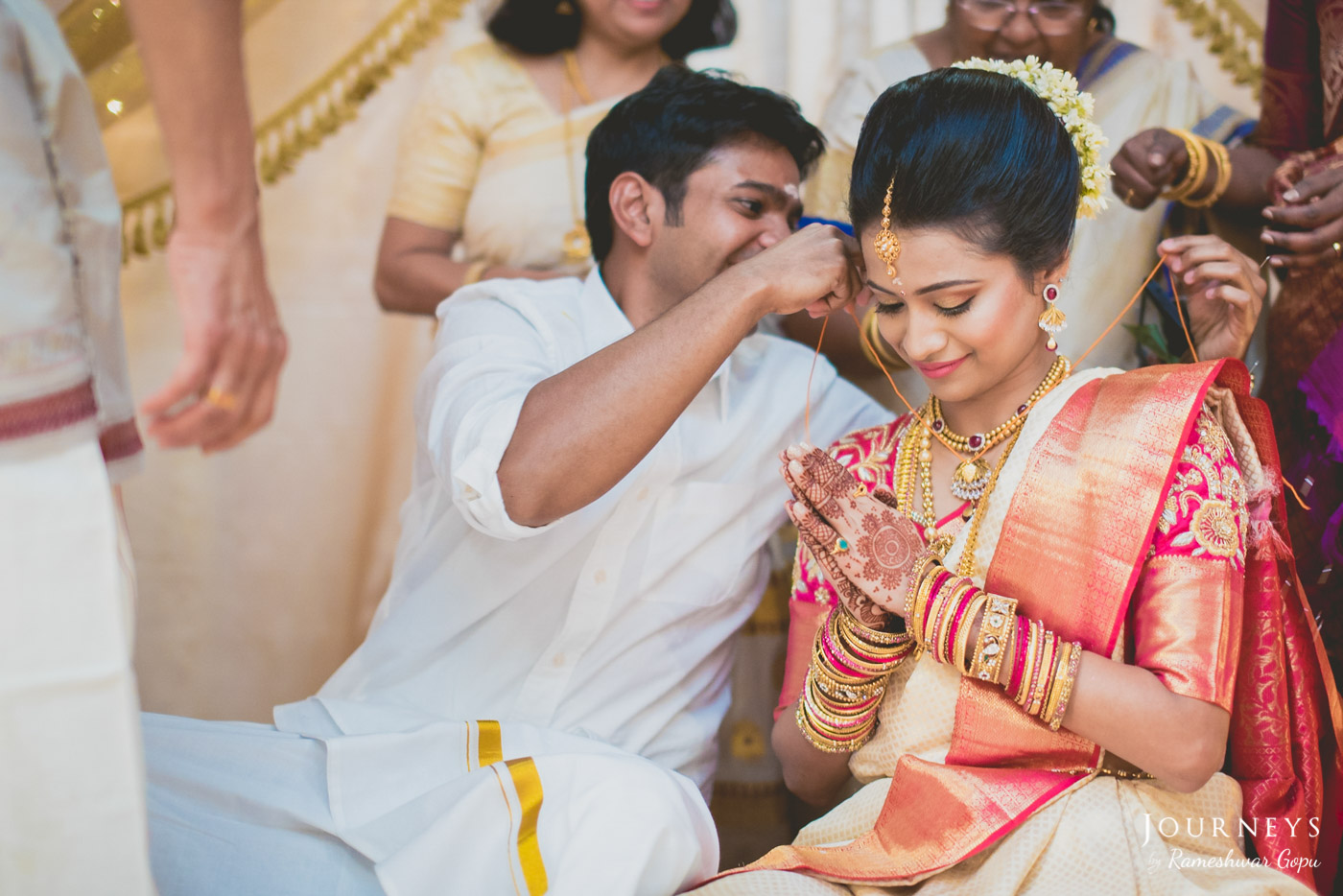
Gujarati weddings.
Before the groom enters the mandap he needs to go through this extremely weird tradition called Madhuparka. This is a ritual where the bride’s parents welcome the groom by washing his feet with a mixture of milk and honey, and then he needs to drink this ‘potion’.
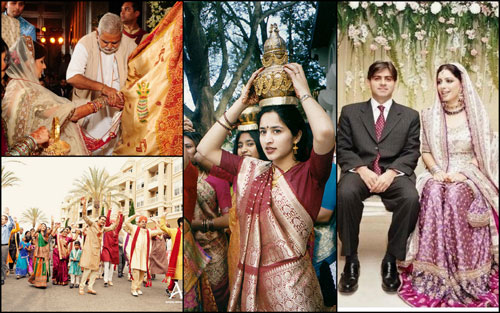
Maharashtrian wedding.
They use a silk shawl called Antrapat to separate the bride and the groom. The antrapat is removed only when the Magalsutra is to be tied to the bride and this is only when the bride and groom can see each other.
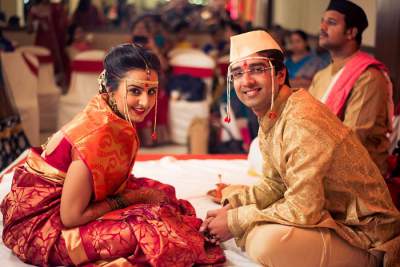
Sindhi marriage.
In Sindhi marriages, a ritual called ‘Santh’ is carried out where an anklet is tied to the ankle of the bride and groom after which eight married women pour oil on them as a blessing. Only after the oil is poured on them are they allowed to wear shoes and break earthen pots together (which signifies the breaking of old relationship).
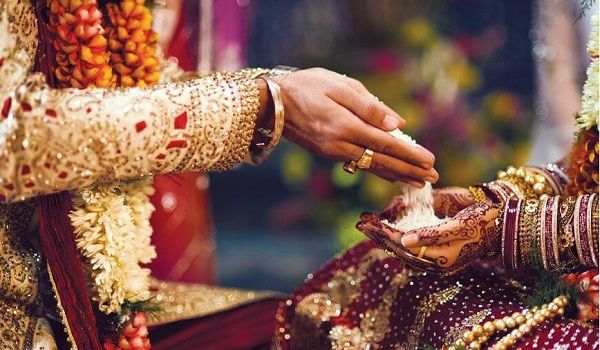
Manipuri wedding.
People from Manipur believe in releasing the evil spirit first and here the fish plays an important role. The groom and the bride have to release two fishes in some nearby pond. If the fishes move side by side in the pond, it is considered to be a good sign.
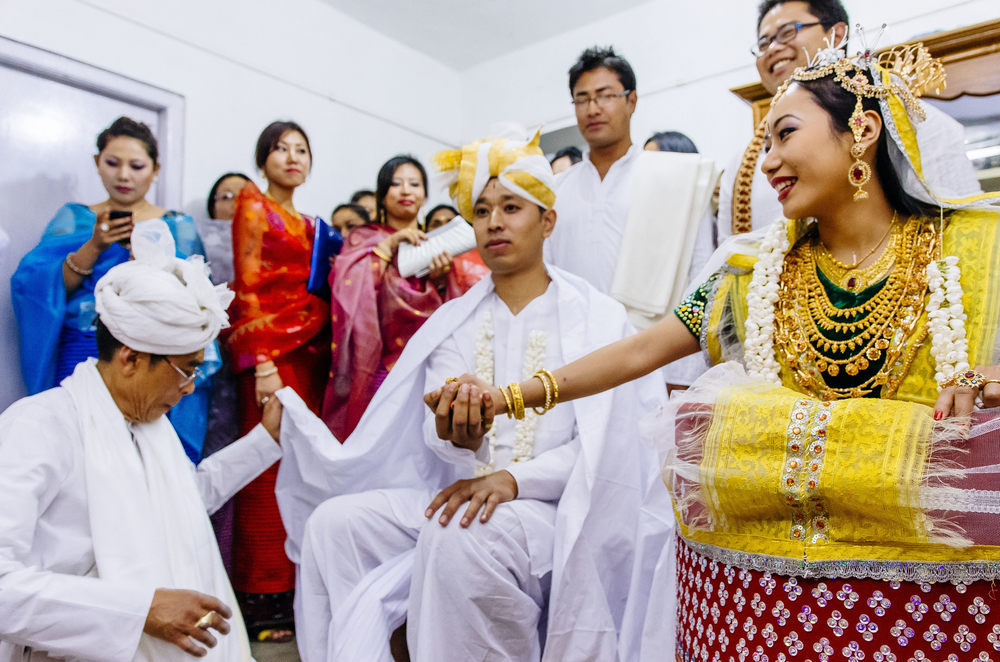
Getting married to a tree.
This is the most unusual and weird marrying process which is carried out only in India. If the bride is Manglik she has to marry the Peepal tree first and only then she can actually get married to a human. It is a superstitious belief that either the bride or the groom will die after marriage if the bride does not get married to the tree first.

Assamese wedding.
There is a ritual called ‘Tel diya’ performed on the wedding day. According to the practice, the groom’s mother puts a ring and beetle leaf on her daughter-in-law’s hair. She applies oil thrice on the bride, after which she supplies the sindoor and gives her the wedding outfit which is known as mekhla chadar in Assam.
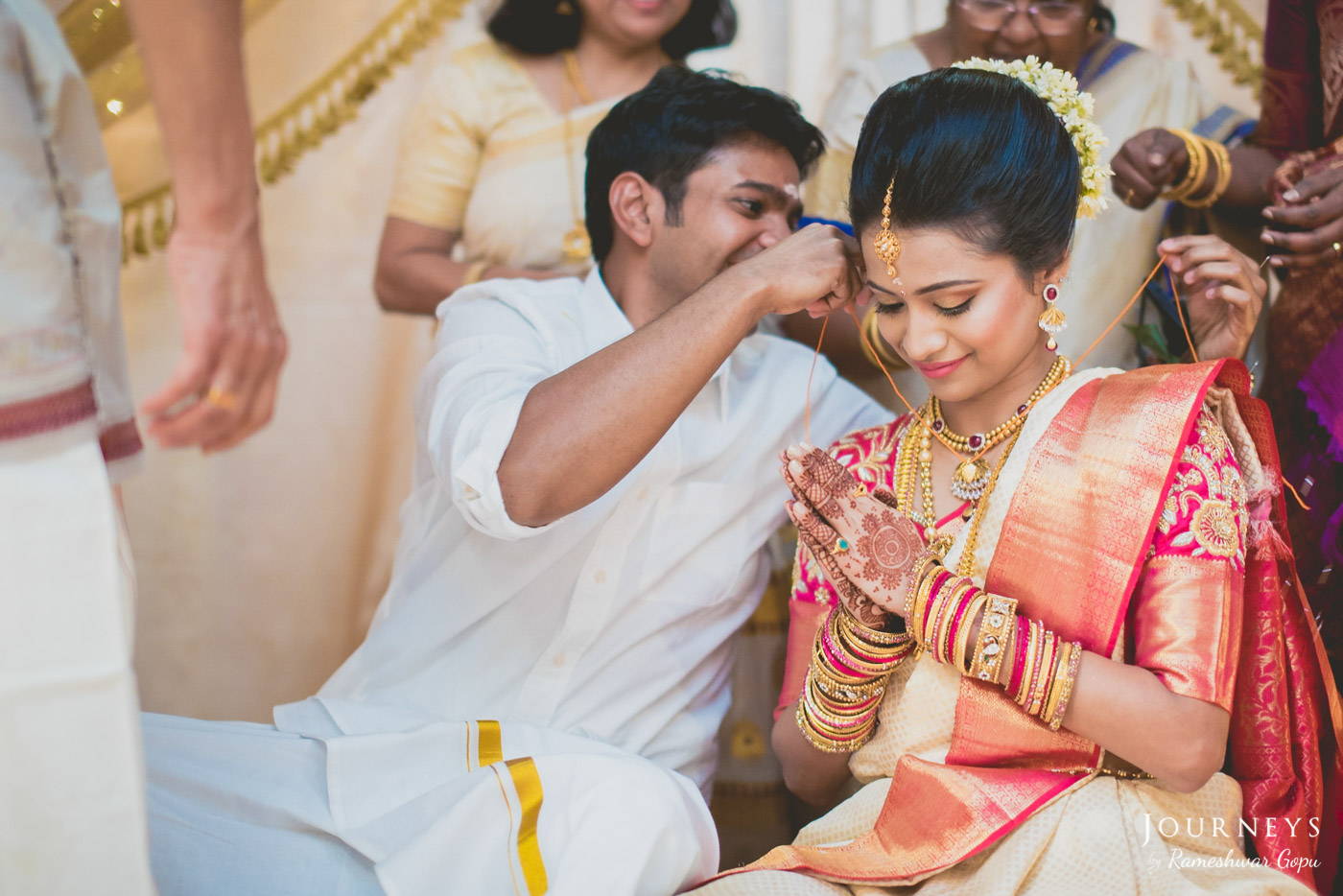
It is always fun to learn something that we weren’t aware of. India’s languages, religions, dance, music, architecture, food, and customs differ from place to place within the country and Hence different rituals in the great Indian weddings.
